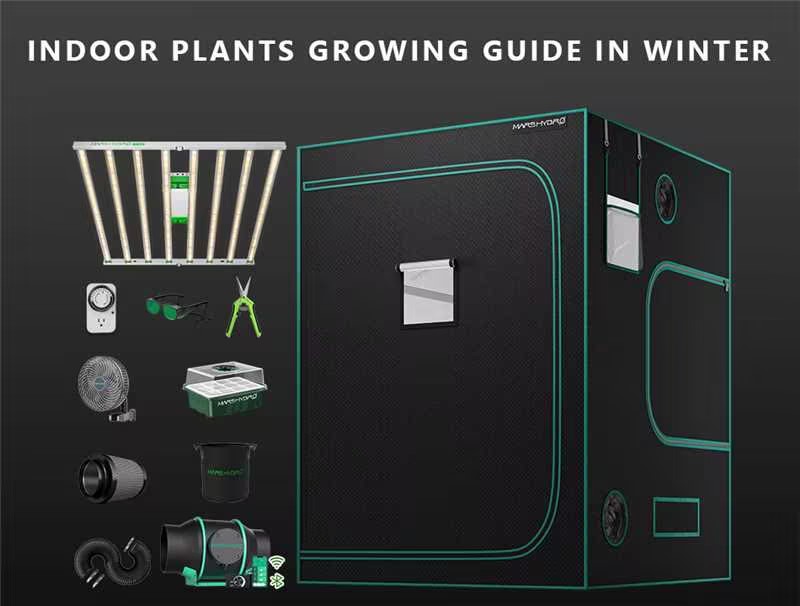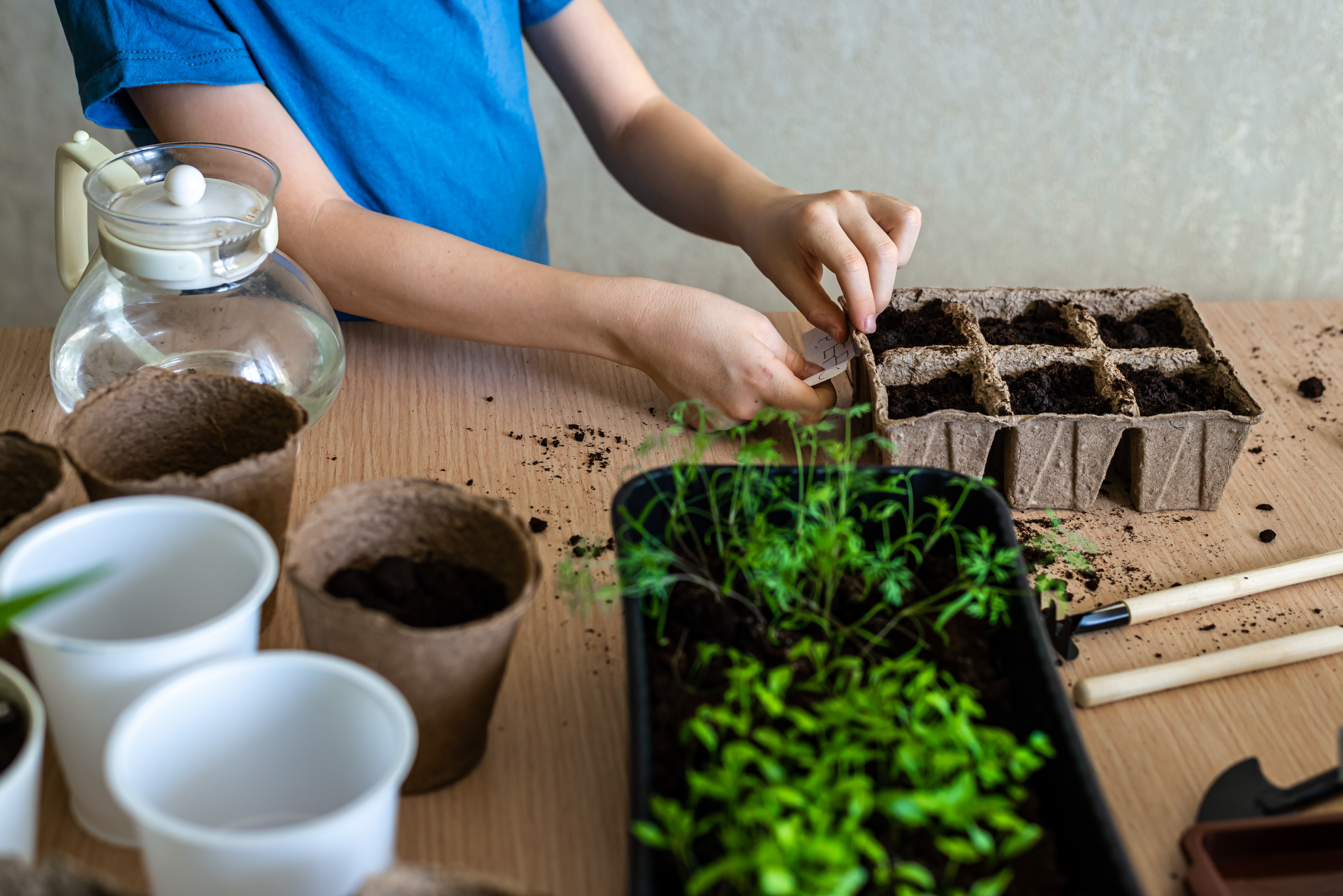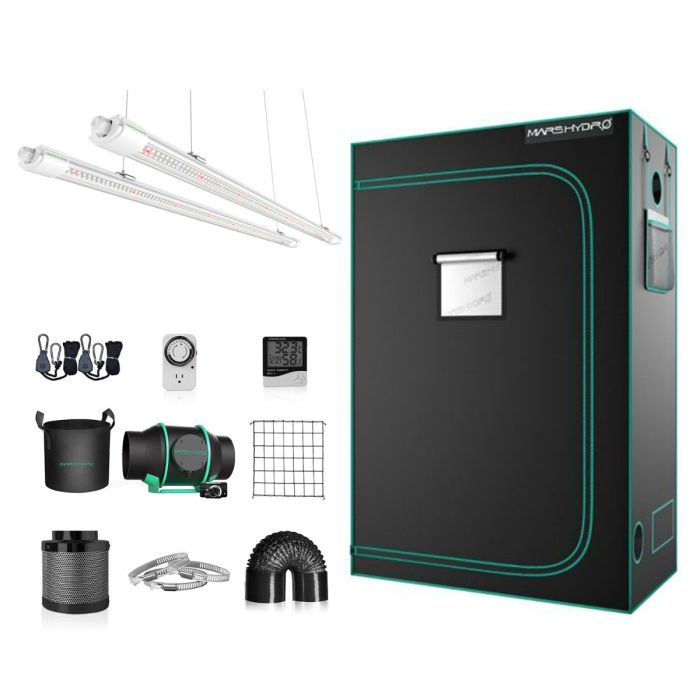
As winter casts its chilly embrace over nature, the vibrant hues of your garden don't have to succumb to the frosty weather. Indoor gardening during winter offers a unique opportunity to continue nurturing your green thumb. In this guide, we'll explore tips and strategies for successful winter indoor plants growth, turning your home into a lush, green sanctuary.
Understanding Winter Challenges for Indoor Plants
Growing plants indoors during the winter comes with its own set of challenges. Understanding and addressing these challenges is key to ensuring the health and vitality of your indoor plants throughout the colder months. Here are some common challenges faced in winter house plants growing:
1. Insufficient Light: With shorter days and less intense sunlight, one of the biggest challenges in winter is providing enough light for photosynthesis. Plants, especially tropical plants, may become leggy, lose leaves, or fade in color due to inadequate light.
2. Low Humidity: Indoor heating systems, which are essential for keeping us warm in winter, can significantly reduce indoor humidity levels. Many house plants suffer in dry air, leading to problems like brown leaf tips, wilting, and increased vulnerability to pests.
3. Temperature Fluctuations: Indoor plants can be sensitive to sudden changes in temperature. Cold drafts from windows or doors, as well as excessive heat from radiators or vents, can stress plants. Consistent and appropriate temperature is crucial for their survival.
4. Overwatering: It's easy to overestimate how much water plants need in winter. With reduced light and cooler temperatures, plants use less water. Overwatering can lead to root rot and other issues.
5. Pest Infestations: Indoor plants can still be prone to pests in the winter. The stress of indoor conditions can make plants more susceptible to infestations of pests like spider mites, aphids, or mealybugs.
6. Reduced Growth and Dormancy: Many plants slow down their growth or go dormant in winter. This natural cycle can be mistaken for poor health, leading to inappropriate care measures.
7. Limited Space: Indoor gardening in winter often means limited space, especially for those who are used to outdoor gardening. Managing space while ensuring each plant receives adequate light and air circulation can be a challenge.
Addressing these challenges involves careful monitoring of environmental conditions, adjusting watering and feeding schedules, and possibly introducing equipment like grow lights and humidifiers. With the right care, indoor gardening can be a deeply rewarding activity throughout the winter months.
Tips for Successful Indoor Plant Growth in Winter

Growing plants indoors during winter can be a rewarding experience, even though it presents unique challenges compared to other seasons. Here are some essential tips for successfully growing indoor plants during the winter months:
1. Maximize Light Exposure: Winter days are shorter and darker, so it's important to give your plants as much light as possible. Place them near windows that receive ample sunlight, preferably south-facing if you're in the Northern Hemisphere. Rotate plants regularly to ensure all sides receive light. If natural light is insufficient, especially in regions with very short days, consider using grow lights. LED grow lights are energy-efficient and provide the spectrum of light needed for photosynthesis.
2. Monitor Temperature: Most plants prefer temperatures between 65-75°F (18-24°C) during the day and no colder than 50°F (10°C) at night. Keep plants away from cold drafts, heaters, or vents as fluctuations can stress them.
3. Adjust Watering Habits: Plants typically require less water in the winter because they grow more slowly and the evaporation rate is lower. Water only when the top inch of soil is dry. Avoid overwatering, which can lead to root rot.
4. Maintain Humidity: Indoor heating can reduce humidity levels, which most plants find stressful. Use a humidifier, place a water tray near your plants, or mist them regularly to increase humidity.
5. Fertilize Sparingly: Growth slows down in winter, so plants don’t need as much fertilizer. Over-fertilizing can harm them. Resume regular fertilizing in the spring when the plants start actively growing again.
6. Prune and Clean: Remove dead or yellowing leaves to allow your plant to direct its energy to healthy growth. Wiping the leaves with a damp cloth can improve photosynthesis by removing dust.
7. Choose Winter-Friendly Plants: Some plants are better suited to indoor winter conditions. Consider hardy greens, certain herbs, and succulents, which require less light and water.
8. Be Aware of Pests: Indoor plants can still experience pest issues in winter. Keep an eye out for signs of infestation and treat promptly with appropriate measures.
9. Repot with Care: Winter is generally not the best time to repot plants as they are not in their active growth phase. If repotting is necessary, do it with care and avoid disturbing the roots too much.
10. Provide Support and Training: For vining or climbing plants, provide support structures or prune as necessary to manage their growth and shape.
By following these tips, you can maintain a vibrant and healthy indoor garden throughout the winter months, offering a touch of greenery and life to the colder, darker days.
Embracing Mars Hydro Products for Winter Gardening

Exploring effective winter gardening strategies necessitates having the appropriate tools at hand. Mars Hydro's Grow Tent Kits are ideal for those just starting out, as they amalgamate crucial Mars Hydro products into one convenient package, simplifying the initial setup process. These kits are meticulously designed to cater to the specific needs of plant care during the winter:
-
LED Grow Lights: LED grow lights play a crucial role in indoor plant cultivation, especially during winter. They provide a full spectrum of light, mimicking natural sunlight, which is essential for photosynthesis. This is particularly important in winter when natural light is limited. These lights help maintain the growth cycle of plants by ensuring they receive enough light, even during shorter, darker days. By using LED lights, indoor gardeners can create an optimal environment for plant growth and health throughout the winter season.
-
Grow Tents: Grow tents play a crucial role in indoor plant cultivation, especially during winter, by creating a controlled environment. They help in maintaining consistent temperature to keep indoor plants warm, and humidity levels, which are vital for plant growth in colder months. The reflective interior of a grow tent maximizes light efficiency, ensuring plants receive ample light for photosynthesis. Additionally, grow tents protect plants from external elements like cold drafts, ensuring a stable and secure growing environment. This controlled setting is ideal for a wide range of plants, promoting healthy growth even in challenging winter conditions.
-
Inline Fans and Carbon Filters: The inline fans are essential for proper air circulation, ensuring that your plants receive fresh air and maintaining an optimal growing environment. This is particularly important in winter when indoor air can become stagnant due to less natural ventilation. The carbon filters work in tandem with the fans, helping to purify the air by removing odors and potential airborne pathogens. This combination is vital for maintaining healthy air quality around your plants, contributing to their overall health and growth.
-
Thermometers and Hygrometers: Thermometers measure the ambient temperature, ensuring it stays within the preferred range for different plant species. Hygrometers measure humidity levels, which is especially important in winter when indoor heating can dry out the air. Maintaining the right humidity is crucial for the health of many plants. By using these tools, gardeners can adjust their care regimen to provide the best conditions for their indoor plants during the challenging winter months.
-
Timer: In indoor plant cultivation during winter, a timer plays a crucial role in regulating the lighting schedule. This is especially important for providing plants with consistent and sufficient light exposure, mimicking natural daylight cycles. The timer automates the grow lights, turning them on and off at set intervals. This ensures plants receive the right amount of light for healthy growth while also conserving energy. It's a key component in maintaining an optimal environment for plant growth during the shorter and darker days of winter.
-
Fabric pots: They promote healthier root systems by allowing air to penetrate the soil, enhancing root pruning and preventing root circling. This results in stronger, healthier plants. Additionally, fabric pots help regulate soil temperature and improve drainage, preventing overwatering issues that are common in winter indoor plants gardening. They are also lightweight and easy to move, which is convenient for rearranging plants to optimize light exposure during the shorter winter days.
Conclusion
Winter doesn't have to spell the end for your gardening activities. With the right tools and techniques, you can create a thriving indoor garden. Embrace the opportunity to cultivate a green oasis in your home during the colder months. Not only will it add a touch of beauty and nature to your space, but it will also provide a satisfying and nurturing hobby to brighten the darker days of winter.









